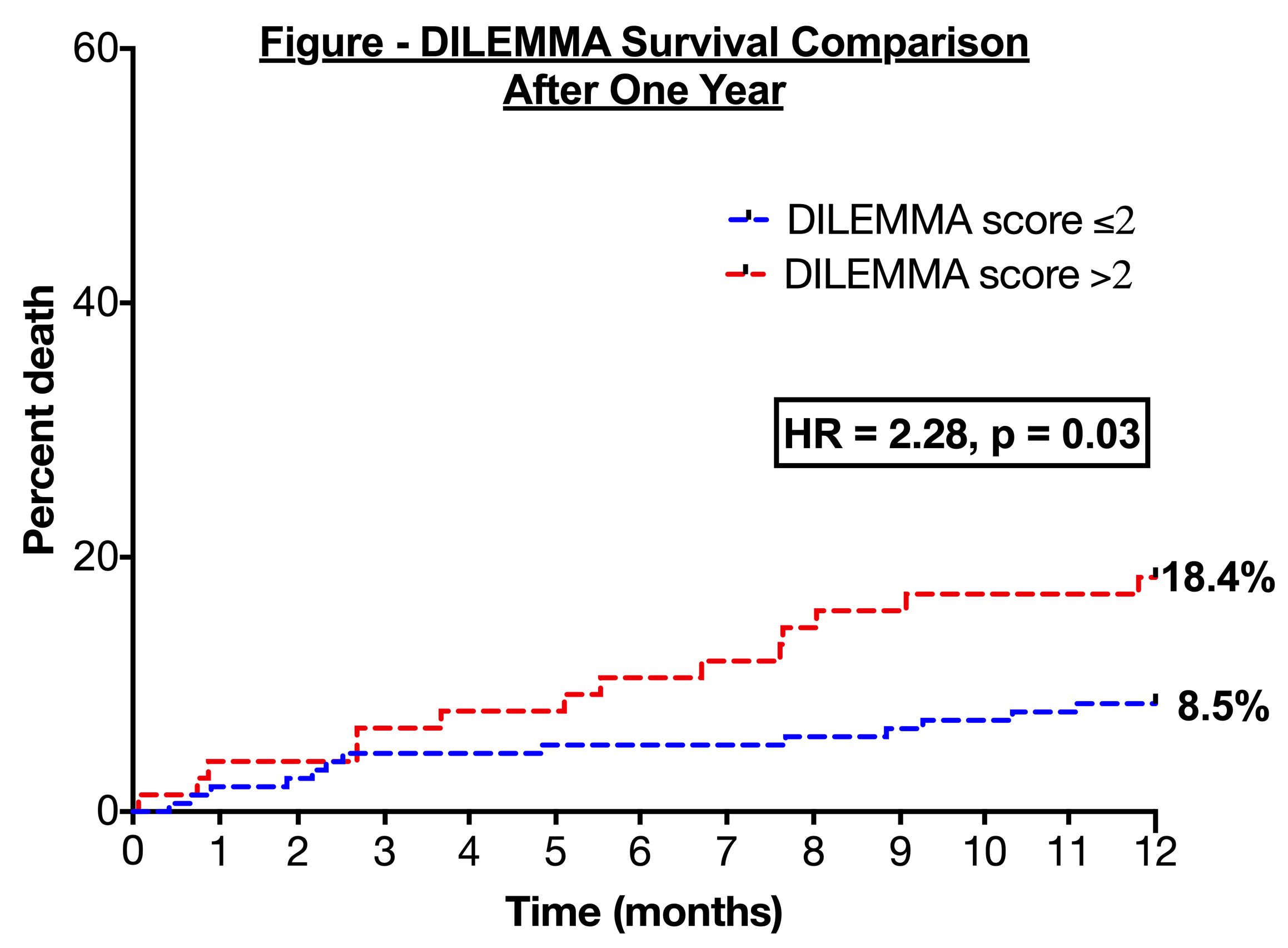Lots of interesting abstracts and cases were submitted for TCTAP & AP VALVES 2020 Virtual. Below are accepted ones after thoroughly reviewed by our official reviewers. Don¡¯t miss the opportunity to explore your knowledge and interact with authors as well as virtual participants by sharing your opinion!
* The E-Science Station is well-optimized for PC.
We highly recommend you use a desktop computer or laptop to browse E-posters.
ABS20191030_0008
| Valvular Intervention: Aortic | |
| Patients with Functionally Significant Coronary Artery Disease Have Increased Mortality Following Transcatheter Aortic Valve Implantation | |
| Udit Thakur1, Michael Michail1, Andrea Comella1, Ren Yik Lim1, Vivek Gupta1, Sean Tan1, Jasmine Chan1, Hashrul Rashid, Thiam Leong Wong2, Robert Gooley1, Adam Brown1 | |
| Monash Health and Monash University, Australia1, Victorian Heart Hospital, Australia2 | |
|
Background:
Transcatheter aortic valve implantation (TAVI) is the treatment of choice for patients with severe aortic stenosis (AS) at high surgical risk. Coronary artery disease (CAD) occurs in ~50% of patients undergoing TAVI, although management remains controversial. The DILEMMA score is a validated angiographic scoring tool that correlates with FFR; incorporating minimal luminal diameter, lesion length and myocardial jeopardy index. We sought to explore if the functional assessment of CAD using DILEMMA can stratify outcomes of patients undergoing TAVI.
|
|
|
Methods:
Patients who underwent TAVI for severe AS between 2009 and 2018 were included. All patients underwent prior coronary angiography. Patients with previous CABG and tandem stenoses were excluded. Those with ¡Ã30% stenosis in one artery were further assessed with angiographic scoring. Patients were then classified based on whether they had functionally significant CAD as defined by DILEMMA scoring (DS¡Â2 vs. DS>2). The primary endpoint was all cause mortality.
|
|
|
Results:
A total of 229 patients were included in the final analysis. 76 patients (33.2%) had DS>2. There was no difference in age (83.9 +/- 8.5 vs 83.9 +/- 5.4, p= 0.98), percentage of males (44.4% vs 46.1%, p=0.82), diabetics (18.3% vs 19.7%, p=0.79) or history of hypertension (69.3% vs 75.0%, p= 0.37) between groups. However, there were lower rates of previous MI (3.3% vs 10.5%, p= 0.03) and previous PCI (11.1% vs 27.6%, p= 0.002) when comparing the DS¡Â2 vs DS>2 groups. After a mean follow up of one year, all-cause mortality was 11.8%. DS>2 was associated with a significantly increased risk of death compared with DS¡Â2 (18.4% vs. 8.5%, Hazard Ratio [HR]= 2.28, p= 0.03) (Figure). Utilizing a Cox proportional hazards regression model, DS>2 maintains a significant effect on survival after adjusting for age, body mass index, baseline creatinine, hypertension and diabetes (HR= 2.29, p= 0.04).
 |
|
|
Conclusion:
These findings suggest functionally significant CAD, as defined by DILEMMA score, may be associated with an increased mortality in patients undergoing TAVI. Further studies are required to assess whether lesion level revascularisation can improve outcomes in patients with severe AS undergoing TAVI.
|
|